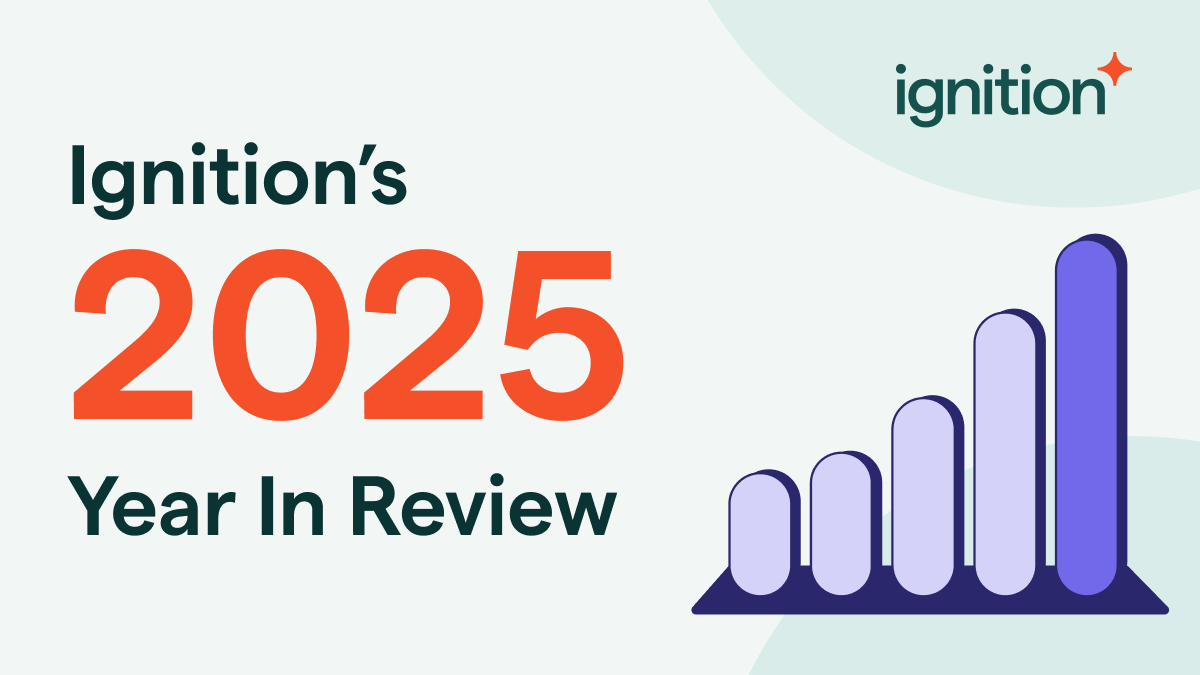How to reduce tax season stress with workflow optimization

Peak tax season in the US and Canada, typically starting in January and going through mid-April, is the ultimate endurance test for tax professionals. Looming deadlines, endless documentation, and constant pressure to deliver the results create an overwhelming feeling for everyone. Juggling the clients with last-minute changes and late submissions often give little room for breath. It’s no wonder tax season increases stress for tax professionals during the peak season.
But there’s an innovative way to make tax season feel less like an uphill battle. You can cut through the chaos by rethinking your workflows and embracing the right technology. Automated tools like client reminders and task management systems do the heavy lifting, saving hours of manual effort. This guide aims to help you get your workflows in order before the busy tax season kicks in.
Key takeaways
- Use automation tools to handle client reminders and data syncing, saving time and reducing manual effort during busy periods.
- Digitizing documents with secure cloud storage eliminates the hassle of searching through piles of paper.
- Streamlining your workflows with clear steps and updated processes reduces delays and improves accuracy.
- Keeping clients informed with automated updates and clear communication avoids last-minute confusion.
- Training your team on optimized systems ensures everyone is prepared to tackle peak tax season efficiently.
How does workflow optimization for taxes help you?
Tax season is challenging enough, but it can get a lot worse without a streamlined tax workflow. You can save yourself the hassle by fine-tuning your tax workflows, but optimized workflows also have so many benefits for your clients. And every tax professional knows that a happy client makes for a smoother tax season.
1. Better efficiency and productivity
When tax workflows are optimized, every task just flows smoothly. Tasks that take hours of manual work can be streamlined by automation. Repetitive tasks can be reduced through software solutions that sync client info and send auto replies and reminders. This increases productivity by reducing the turnaround time, freeing up your time for actual work.
2. Reduced stress and pressure
Pressure is significantly reduced when workflows are smoother. You can easily track the progress on each tax return through automated reminders. Automation reduces stress by keeping you informed of your progress on multiple clients. You can stay focused even when deadlines are looming.
3. Happy clients and customers
Clients can easily notice the optimization in tax workflows. They are bound to get a smoother experience when there are fewer errors and turnaround time is faster. Automated reminders of missing tax documents save time for both you and your clients. They cut down back-and-forth emails, giving you more freedom to provide personalized advice and focus on adding value where it counts.
4. Reduced chances of errors and mistakes
Manual processes often lead to errors, especially during tax season’s peak demands. Automation takes the guesswork out of complex calculations and flags inconsistencies in real time, keeping your workflows on track. Tax software can double-check figures before filing, so you can focus on delivering precise results without the stress of missed details or deadlines.
5. Capacity to handle more clients at the same time
Optimized tax workflows means getting more work done in less time. Once you automate your workflows, you will be amazed to see how tasks like client reminders and documents organization are done on speed dials, and how much time has freed up to serve high-end demands or take up more clients at the same time without compromising on quality.
Unlock a more profitable, efficient business.
Try Ignition today and see the difference automation can make in your firm.
How to optimize your tax preparation workflows for better results
Start by using automation tools for handling tasks like tax calculations and document management. Process automation reduces the errors and saves time. Using the standardized processes such as onboarding checklists, filings or follow-up procedures can minimize your time spent on administrative tasks. Here are the most effective strategies you should consider for upcoming tax season:
Audit your current workflows
Before you take steps to optimize your tax workflows, figure out what’s slowing you down. Review your current tax workflows and identify inefficiencies or bottlenecks. Are you spending too much time on data entry or chasing clients for documents? Identify the processes which can be automated and save you time. Auditing the current workflows provides useful insight about areas which need improvement.
Use workflow automation
Workflow automation saves you time by reducing your efforts and amount of work. Automated client reminders ensure nothing gets overlooked while syncing data from financial systems keeps everything up-to-date. Tools that pre-fill forms, manage complex tax calculations, and organize client files can streamline your processes further. Integrating solutions like Karbon for task management or setting up billing automation can eliminate double-handling and free up hours each week—giving you more time to focus on what actually matters for your business.
Optimize the SOPs for efficiency
Carve out some time well before the tax season to review your current SOPs (standard operating procedures) and identify potential areas of improvement. If you think any step is slowing down the workflow, then cut it down. You would find several instances where multiple SOPs would achieve the same objective and essentially doing double-checking. There could be overlapping of roles that could be eliminated.
Break down each process into clear, actionable steps and assign specific owners to ensure accountability. Use collaboration tools to map your workflows, making it easier to spot redundancies or gaps. Regularly update your SOPs based on feedback from team members who handle these processes daily—they’ll often highlight issues or shortcuts you may not have considered.
Finally, conduct a quick team training session to ensure everyone understands the revised SOPs. Clear documentation and team alignment not only reduce errors but also help your team hit the ground running during the busiest times.
Digitize the document and paper management
Digitizing your documents puts an end to rummaging through filing cabinets or piles of paper. Start by scanning critical records and storing them in a secure, cloud-based platform like Google Drive or Dropbox. These platforms also allow quick searches by keyword or category, saving you valuable time during tax season.
Ensure your system includes automated backups to protect against data loss and set user permissions for sensitive information to maintain security. Tools with built-in sharing features make collaboration easier, enabling your team and clients to access files seamlessly from anywhere.
Going paperless not only saves space and time but also streamlines document management, giving you peace of mind with secure backups and efficient workflows.
Role of effective communication
Timely updates and clear expectations keep workflows moving during tax season. Setting clear expectations from the start—whether it’s deadlines, document requirements, or team responsibilities—prevents missteps. Internally, tools like Slack enable real-time updates and faster decision-making. For client communication, automated email systems streamline updates and requests, ensuring everyone stays aligned without endless back-and-forth.
Tips for dealing with stress and pressure in the tax season
Managing stress during tax season starts with small, actionable changes to your workflow and daily habits.
- Prioritize your tasks: Planning your tasks and using to-do lists or other project management tools can help you plan your work and identify tasks that need urgent attention.
- Delegate: Assign tasks to other team members or hire a subcontractor or and free up your time for high-priority tasks.
- Take short breaks: Ramp up your energy by taking short breaks. Stretch your body or hit a nearby gym for a quick exercise. Take snacks between the meals and keep yourself energized.
- Use technology: Automate your task where possible, and do not waste your energy and efforts in manual, repetitive tasks that could otherwise be done through other tools.
- Communication: Keep your clients informed about any changes expected in deadlines in order to avoid last-minute chaos.
Optimize and automate your tax workflows with Ignition
With Ignition, managing tax season becomes more seamless and stress-free. Automated proposals allow you to create professional, branded documents in minutes. It enables clients to review and sign online. You can also capture payment details upfront to fully automate billing, and eliminate follow-ups.
To get started quickly, check out our proposal templates for tax professionals, designed to cover a wide range of tax services.
Ignition also integrates effortlessly with accounting platforms like QuickBooks and Xero, triggering workflows upon proposal acceptance to streamline operations and minimize manual effort on your part.
Ignition brings everything together during tax season, turning chaos into clarity and saving you valuable hours. Streamlined workflows mean you can handle more clients without sacrificing quality, while the stress of administrative tasks is replaced with confidence in your organized processes.
Are you ready to level up your practice this tax season? See how you can streamline this tax season with Ignition and enhance your client engagements, or start your free 14-day trial today.


